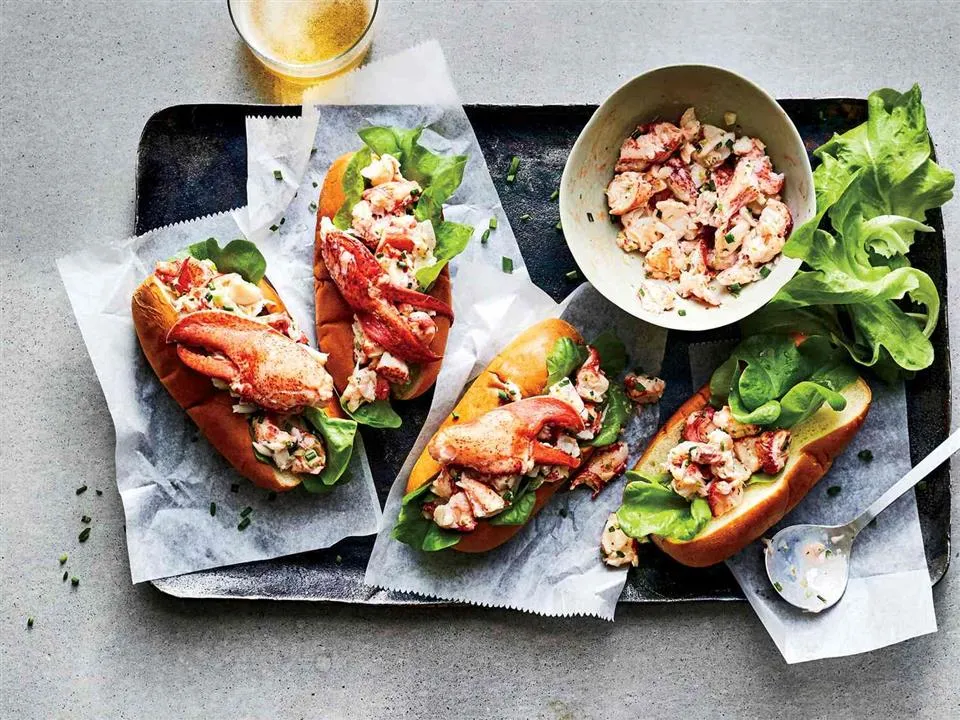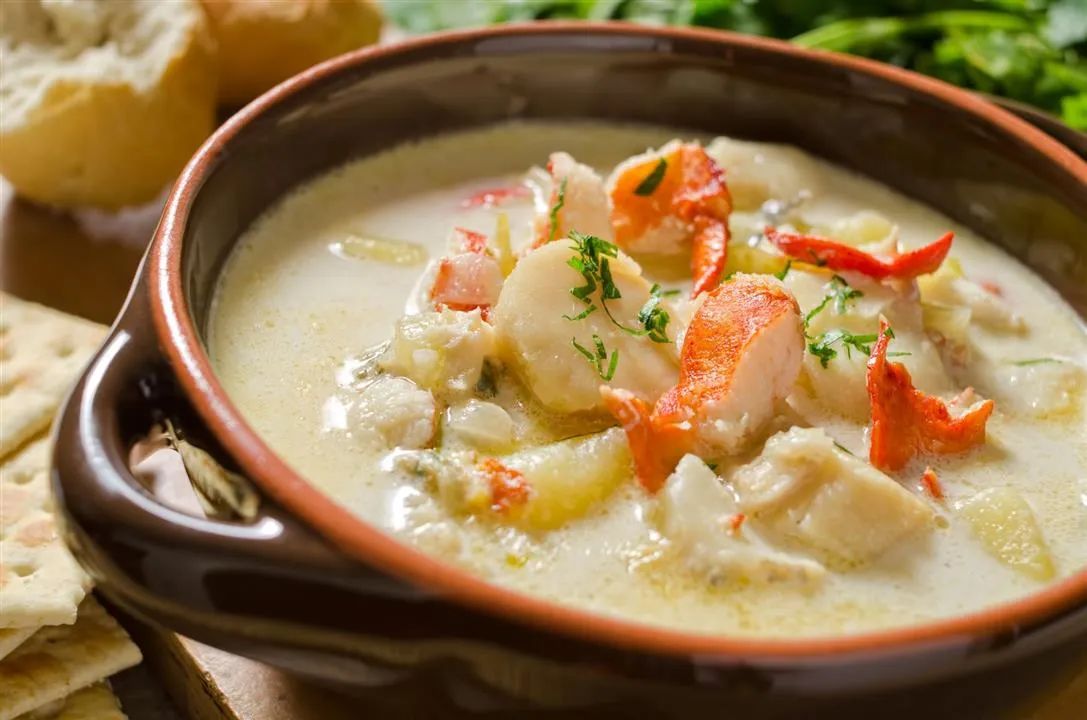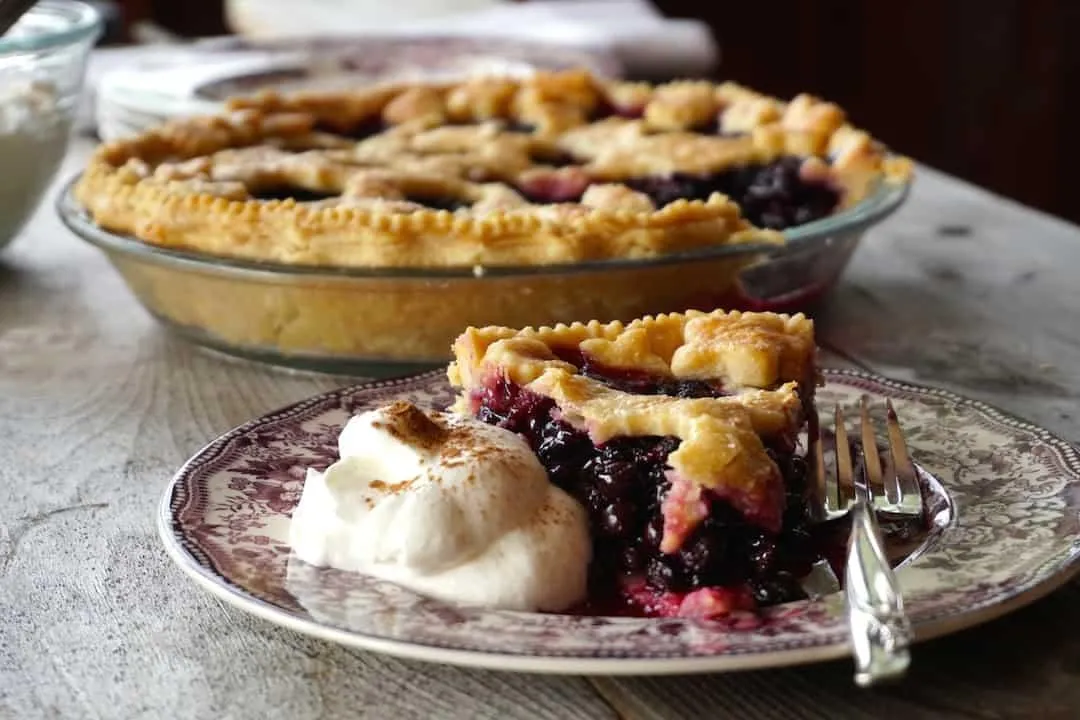Maine’s cuisine has long been celebrated for its exquisite blend of indigenous traditions and immigrant influences, creating an irresistible allure for visitors. However, to truly grasp the depth of its culinary scene, one must delve into the culture of its fishermen – the very people who have shaped and nurtured Maine’s abundant seafood heritage. Join “Du lịch khắp thế gian” (Discovery Around The World) as we embark on a unique journey to explore this culture, where the taste of the ocean permeates every cultural experience.
Maine, a state nestled in New England, captivates travelers not only with its pristine natural beauty, boasting a long coastline and lush forests, but also with its distinctive local cuisine. Iconic dishes like lobster rolls, clam chowder, blueberry pie, and Whoopie pies are more than just delicious treats; they are narratives of history, culture, and the lives of Maine’s people, especially the fishing community. This article will guide you on an exploration of Maine’s fishing culture, shedding light on the origins and significance of its specialty foods, as well as unique travel experiences you simply can’t miss.
To fully appreciate Maine’s fishing culture, we must delve into its history and traditions. Fishing has been intrinsically linked to Maine for centuries, dating back to when the first indigenous peoples relied on the sea for survival. Over time, European settlers arrived, bringing their own fishing techniques and experiences, resulting in a unique cultural exchange.
Today, the fishing industry remains vital to Maine’s economy and way of life. Visitors can readily sense this upon arriving in coastal towns like Portland, Bar Harbor, or Kennebunkport. Here, bustling harbors filled with boats, vibrant seafood markets, and lively seaside restaurants are living testaments to the prosperity of the fishing industry.

A Culinary Journey Exploring Maine’s Fishing Culture
Maine’s cuisine is a symphony of ocean flavors, where each dish tells a story of the fishermen’s hard work, creativity, and love for nature.
Lobster Roll: An Emblem of Generosity from the Sea
Undeniably, the lobster roll is Maine’s iconic dish. It’s more than just a combination of fresh lobster and soft bread; it embodies the abundance from the sea that nature has bestowed upon this region.
Initially, the Lobster Roll was a simple meal for fishermen and laborers in the 20th century. They utilized freshly caught lobsters, paired with bread, to create a quick, convenient meal right on the sea or after a hard day’s work. However, over time, this dish has been elevated into a renowned specialty, appearing on the menus of most Maine restaurants and adored by visitors worldwide.
To fully savor the flavor of a Lobster Roll, seek out seaside eateries or local seafood markets. Fresh, live lobster is boiled or steamed to perfection, retaining its natural sweetness and firmness, then mixed with mayonnaise or melted butter, and a touch of diced celery for added freshness. All of this is nestled in a soft roll, which can be a regular roll or brioche. Some variations add a hint of lemon juice, black pepper, or chili powder for extra zest.
When you bite into a Lobster Roll, you’ll experience the sweet, delicate taste of fresh lobster, the richness of mayonnaise or butter sauce, harmonizing with the soft, airy bread. This dish is often served with French fries or a fresh salad to balance the flavors.

Clam Chowder: Culinary Essence from the Waves
Clam chowder is a dish deeply rooted in the history and culture of New England in general, and Maine in particular. This soup originated in the 17th century when European settlers arrived and brought their seafood soup recipes. They utilized the abundant clams in the region’s waters to create a flavorful, nutritious soup that became an integral part of fishermen families’ meals.
Traditional New England clam chowder, also known as Boston Clam Chowder, has a distinctive creamy white color, made from fresh clams, salt pork or bacon, potatoes, onions, heavy cream or milk, flour, and spices. Clams are meticulously prepared to remove sand and impurities, then cooked with other ingredients until tender and blended together.
Today, clam chowder has numerous variations, reflecting the diverse culinary cultures of different regions. For instance, Manhattan clam chowder has a red color due to the use of tomatoes, while Rhode Island clam chowder is clear and without cream. However, regardless of the variation, clam chowder retains its signature ocean flavor and is a beloved dish year-round in Maine.
To experience authentic clam chowder, visit long-standing seafood restaurants or family-run seaside diners. Clam chowder is typically served hot, accompanied by crispy crackers or toasted bread for dipping. The natural sweetness of clams, the richness of heavy cream, the saltiness of bacon, and the earthiness of potatoes create a hearty, comforting soup that wards off the ocean chill.

Fresh Seafood: Priceless Gifts from the Ocean
Beyond lobster rolls and clam chowder, Maine is renowned for its abundance of other fresh seafood. Thanks to its unique geographical location and pristine marine environment, Maine is home to many precious seafood species, including lobster, clams, oysters, mussels, cod, flounder, herring, and many others.
You can easily find fresh seafood at any seaside market in Maine. Portland Fish Market, Harbor Fish Market, or Browne Trading Market are famous spots you shouldn’t miss. Here, you can handpick fresh lobsters, clams, or oysters and have them prepared on the spot or take them home to cook yourself.
Another exciting experience is joining seafood catching tours with local fishermen. You’ll go out to sea by boat, witness the lobster trapping, fishing, or oyster harvesting process firsthand. This is a fantastic opportunity to learn more about the hardworking yet fascinating lives of Maine’s fishermen, as well as to appreciate the bounty that the ocean provides.

Experiencing Maine’s Fishing Culture: Beyond Food
Exploring Maine’s fishing culture extends beyond just enjoying the cuisine. It’s also a journey to understand the history, traditions, customs, and daily lives of the people deeply connected to the sea.
Visit Fishing Villages and Harbors:
Maine’s coastal fishing villages like Perkins Cove, Boothbay Harbor, or Rockland are ideal destinations to fully immerse yourself in the atmosphere of a fishing community. Stroll along winding narrow streets, admire the old wooden houses, colorful fishing boats, and listen to the gentle murmur of the sea.
The harbor is the heart of every fishing village. It’s where boats dock after each voyage, where fishermen trade and sell seafood, and where the vibrant activities of daily life unfold. You can visit the harbor in the early morning to watch the sunrise over the sea and witness fishermen preparing to set sail, or in the late afternoon to welcome boats returning after a long day’s work.
Participate in Local Festivals and Events:
Maine hosts numerous festivals and events related to the sea and fishing, offering excellent opportunities to immerse yourself in the joyful, bustling atmosphere of the fishing community. The Maine Lobster Festival, held annually in August in Rockland, is one of the largest and most famous festivals. This festival attracts thousands of visitors to enjoy fresh lobster, participate in recreational activities, and learn about fishing culture.
In addition, there are many smaller festivals held in coastal fishing villages, such as the Damariscotta Oyster Festival, Yarmouth Clam Festival, or Eastport Salmon Festival. Each festival has its own unique charm, reflecting the culture and produce of each region.
Learn About History and Traditions:
To gain a deeper understanding of Maine’s fishing culture, you can visit museums and historical sites related to fishing. The Maine Maritime Museum in Bath is one of the largest and most reputable museums about Maine’s maritime and fishing history. This museum showcases many valuable artifacts, images, and documents, helping you explore the development of the fishing industry in Maine from past to present.
Additionally, you can learn about the history of ancient fishing villages, stories of brave fishermen, and unique cultural traditions passed down through generations.

Conclusion
Exploring Maine’s fishing culture is a journey that is both fascinating and meaningful. You’ll not only savor fresh, unique seafood dishes but also learn about the history, traditions, and lives of the people who have created this distinctive maritime culture. Come to Maine and experience it for yourself; you’ll feel the sincerity, hospitality, and love for the sea of the locals, as well as gain a deeper appreciation for the cultural value hidden behind every dish and every travel experience. Maine is not just a tourist destination, but also a treasure trove of culture waiting for you to discover.